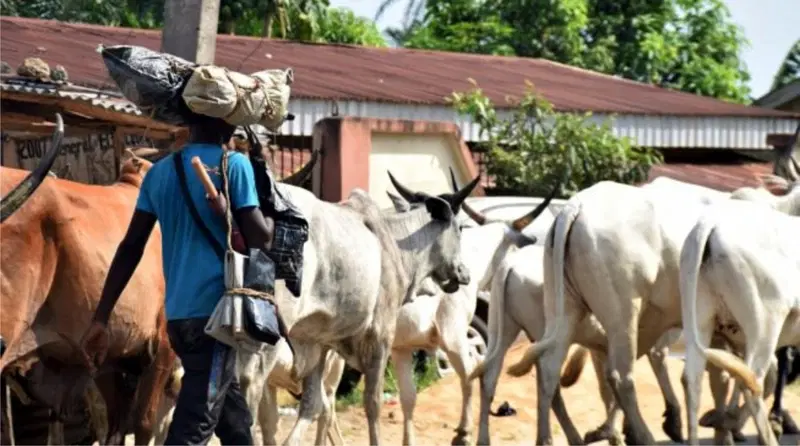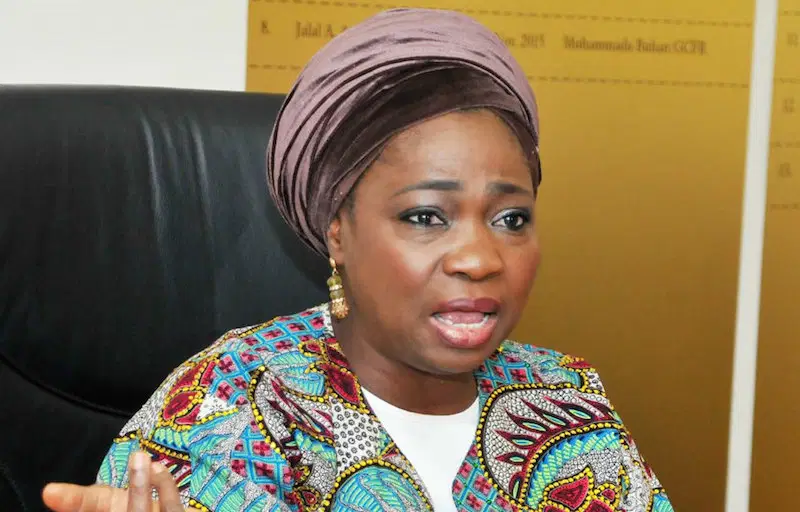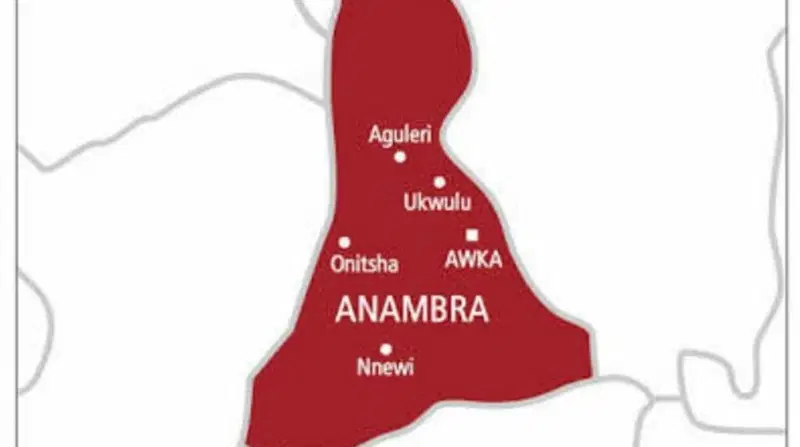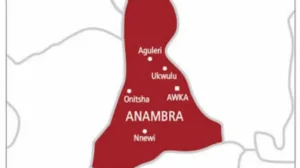- High-Risk States: 31 states and the FCT are expected to experience high flood risk, affecting 2,187 communities in 293 LGAs.
- Flood Risk Breakdown: 657 communities in 52 LGAs are at high risk from April to June, 544 communities in 142 LGAs from July to September, and 484 communities in 56 LGAs from October to November.
- Moderate Flood Risk: 445 communities in 116 LGAs are projected to experience moderate flood risk from April to June, 1,458 communities in 271 LGAs from July to September, and 1,473 communities in 171 LGAs between October and November.
- Government Initiatives: National Flood Insurance Programme, Niger Flood Project, Integrated Climate Resilience Project, and Annual Drought Outlook to mitigate flood effects.
- Preparations and Recommendations: Residents in high-risk areas advised to stay informed, take precautions, and support government efforts to build flood-resilient communities.
Nigeria’s 2025 flood forecast predicts a high risk of flooding in 31 states and the Federal Capital Territory, affecting 2,187 communities in 293 Local Government Areas (LGAs). The states most vulnerable to flooding include Abia, Adamawa, Akwa Ibom, Anambra, Bauchi, Bayelsa, Benue, Borno, Cross River, Delta, Ebonyi, Edo, Gombe, Imo, Jigawa, Kebbi, Kogi, Kwara, Lagos, Nasarawa, Niger, Ogun, Ondo, Osun, Oyo, Rivers, Sokoto, Taraba, Yobe, and Zamfara.
The flood risk breakdown indicates that 657 communities in 52 LGAs are expected to experience high flood risk between April and June, with 544 communities in 142 LGAs at risk from July to September, and 484 communities in 56 LGAs from October to November. Additionally, 445 communities in 116 LGAs are projected to experience moderate flood risk from April to June, with 1,458 communities in 271 LGAs at risk from July to September, and 1,473 communities in 171 LGAs between October and November.
The government has announced initiatives to mitigate the effects of flooding, including a National Flood Insurance Programme to be piloted in Kogi and Jigawa states, the Niger Flood Project to boost river navigation, flood control, and climate resilience, and plans to launch an Integrated Climate Resilience Project and the forthcoming Annual Drought Outlook.
To prepare for the impending floods, residents in high-risk areas are advised to stay informed about weather forecasts and warnings from the Nigerian Hydrological Services Agency (NIHSA) and other relevant authorities, take necessary precautions to protect lives and property, and support government efforts to build flood-resilient communities and support proactive flood management strategies.





















